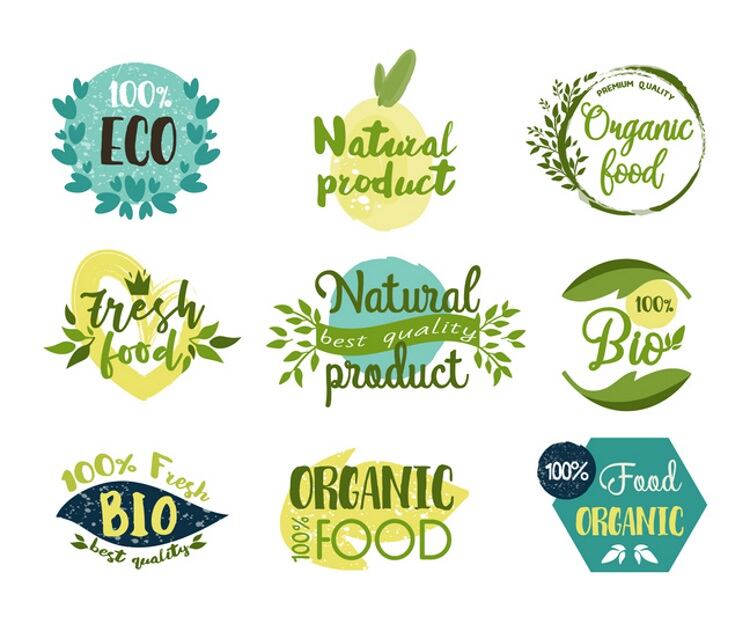The plant-based lifestyle has become so ‘normal,’ the DSM report concludes, that half of consumers in five Western nations limit animal proteins from their diet unintentionally. In addition, 60% plan on reducing dairy consumption in the next three years.
“The results of our survey show that consumers are looking to incorporate more plant-based foods into their diet, and that this trend is not slowing down,” wrote Carin Gerzon, global head of Marketing Communications.
“At the same time, consumers care a lot about taste and texture and our results show that more can be done on this front.”
DSM Report
Royal DSM, a global science company focused on nutrition, health and sustainable living, conducted this report as part of its Consumer Insights Series about plant-based foods.
DSM surveyed 2,500 consumers in the UK, the Netherlands, Germany, France and the US, about the reasons behind their choice to include more plant-based foods in their diets.
In addition to research, the company also produces enzymes that can be used in grain-based beverages.
Consumers, including a quarter in the US, according to NPD, are turning to plant-based foods for their nutritional punch. Plant-based foods offer protein with a much lower carbon footprint than meat, and 60% of U.S. consumers told NPD they want more protein in their diets.
To expand their plant-based portfolios, bakers are experimenting with ingredients like rice and legume flours, but texture and taste often fall short – or do not work at all.
Research on the effects of such alternative flours remains limited, but partial substitutes (up to 30%) could offer better results.
Flexitarian reaching new categories
The rise of the flexitarian diet has ignited the plant-based category.
US sales jumped 20% in 2018, according to Nielsen data, and dairy alternatives will grow at 6.2% CAGR in the next five years.
Nearly half of the DSM survey respondents drink dairy alternatives multiple times a week. Also, as products made from hemp, quinoa and oats enter the market, so consumers have more channels to find the plant alternative that works for them.
Faux-meat products have snagged much of the attention, too, but snacks, breads and pastries have found a home in the plant-based trend – a significant one for 2019, according to market researcher Kantar Worldpanel.
A majority of DSM respondents want retailers and manufacturers to take a stronger lead in supplying and promoting plant-based options, with 61% desiring products to be denoted as 'healthy.'
However, that can prove tricky, especially in the US where such claims have confused consumers.
Since the 1960s, the FDA has considered foods 'healthy' if they contain anything under a certain amount of saturated fat, sodium, and cholesterol. The term has come under fire since Kind Snacks - packed with nuts that indeed add protein but also fat - hit a snag with the FDA in 2015. Reversing course in 2016, the FDA allowed Kind’s healthy claim to remain and is reviewing the definition.
“While producing foods with the best taste and texture possible, producers should keep salt, sugar, and fat levels low to promote health and continue making efforts to improve the sustainability credentials of their products,” added DSM’s Gerzon.
Study:
Effects of chickpea flour on wheat pasting properties and bread making quality
Authors: I Mohammed, AR Ahmed and B Senge
Journal of Food Science and Technology, 2014, Vol. 51, Iss. 9, pp. 1902-1910



